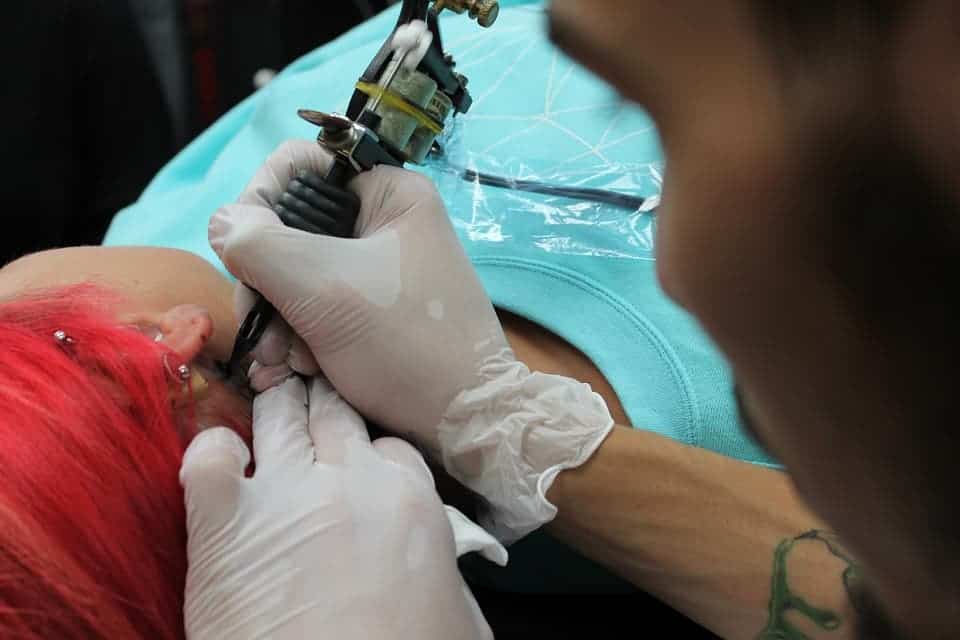
An unnamed Australian woman sought medical attention after she complained small lumps unexpectedly surfaced under her arms. Upon examination, doctors had harrowing news: it was lymphoma, a type of cancer that attacks the lymphatic system.
“Ninety-nine times out of 100, [this] will be lymphoma,” one of the woman’s doctors, Christian Bryant, said. However, when surgeons removed one of the enlarged nodes, they found clusters of immune cells covered in ink. No, this wasn’t cancer, it was a bodily reaction to the woman’s tattoo that had covered the 30-year-old woman’s back for the past 15 years.
Doctors believe the tattoo pigment eventually traveled from the skin to the lymph nodes over many years. Of course, this doesn’t make the matter any less perplexing, especially considering the horrible fright the initial diagnosis must have instilled in the poor patient.
Doctors suspected that a woman had lymphoma, but her "tumor" was found to be black tattoo pigment https://t.co/KEJZHQZjVr
— CNN (@CNN) October 2, 2017
At the end of the day, all’s well that ends well but this story, which went viral on social media, brings to light an important, often ignored issue — that of tattoo ink. Previously, researchers found pigments in tattoo ink can contain the same substances found in printer toner or car paint and can be contaminated by mold or bacteria. Red inks used for permanent tattoos contain mercury, while other reds may contain different heavy metals like cadmium or iron oxide. While red causes the most problems — allergic reactions, eczema or scarring — other colored inks may contain lead, antimony, beryllium, chromium, cobalt nickel and arsenic, which also cause skin reactions.
In the United States there is no FDA-approved ink and the safety of people wanting to get a tattoo depends entirely on the parlor’s or artist’s supplier. It’s basically a gamble. An influx of cheap tattoo ink from China is also a huge concern. New Zealand banned the sale of some tattoo kits with after the Environmental Risk Management Authority (Erma) found some samples contained a metal that was prohibited by New Zealand’s Cosmetic Group Standards. Chinese Manufacturers have created fake versions of Intenze, MOM’s, Starbrite, Immortal, Kuro Sumi, Skin Candy and many other popular tattoo ink brands.
The European Chemicals Agency (ECHA) warned that some tattoo inks could be toxic, and has called for the banning of the potentially-deadly substances. According to the ECHA, some problematic inks can cause serious allergic reactions and can even increase the risk of cancer.
Beyond the health risks associated with toxic metals in tattoo ink, there also the issue of parlor needles and other equipment. Improperly sterilized needles can expose customers to hepatitis B or C, tuberculosis, mycobacterium, syphilis, malaria or HIV.
Of course, there are millions of people who have a tattoo for years and years and have not suffered any serious side effects. As outlined earlier, however, there are certainly risks. To keep yourself safe, always choose a respectable parlor that uses quality ink from a reliable source and whose artists follow a strict sterilization protocol.


